15 Overrated Superfoods That Aren’t Worth Your Time or Money
Superfoods are often praised for their health benefits, but not all of them live up to the hype. While some superfoods are genuinely packed with nutrients and worth incorporating into your diet, others may not be as beneficial as they seem. With so much information out there, it can be challenging to distinguish between what’s truly beneficial and what’s just marketing.
By understanding which superfoods are overrated, you can make more informed choices for your health and nutrition. Here are 15 often overrated superfoods and 8 that truly deserve their spotlight. Understanding which superfoods are worth your time can help you make better choices for your health and nutrition.
Acai Berries
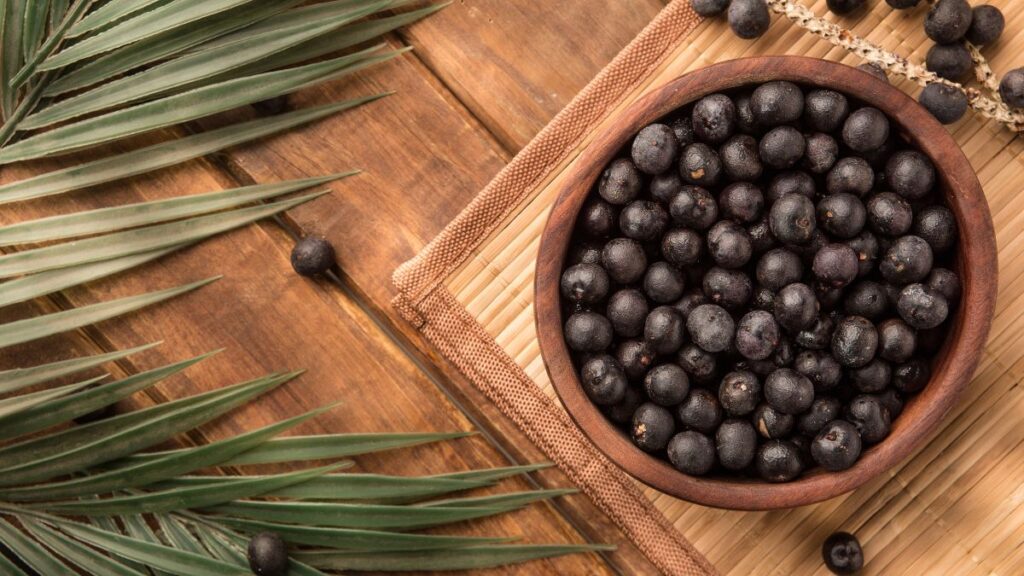
Acai berries have been marketed as a miracle food, praised for their high antioxidant content and supposed ability to aid in weight loss and improve overall health. However, while acai berries are indeed rich in antioxidants, so are many other fruits like blueberries, strawberries, and raspberries, which are more readily available and often less expensive.
Acai berries are commonly found in processed juices, smoothies, and bowls loaded with added sugars, reducing their overall health benefits. Consuming acai in its whole form is rare and often impractical due to its short shelf life outside of its native regions. Instead of focusing solely on acai berries, incorporating a variety of fresh, whole fruits into your diet can provide a broad spectrum of antioxidants and nutrients, ensuring a more balanced and beneficial approach to health.
Goji Berries

Goji berries have gained popularity as a superfood, often hailed for their supposed anti-aging properties, immune-boosting effects, and high antioxidant levels. While it’s true that goji berries contain vitamins, minerals, and antioxidants, many other fruits and vegetables offer similar nutrients at a fraction of the cost.
Goji berries are frequently sold in dried forms, which can be high in added sugars and preservatives, further diminishing their health benefits. Moreover, the claims surrounding goji berries’ unique health properties are not strongly supported by scientific evidence. Instead of splurging on goji berries, consider enjoying a variety of colorful fruits and vegetables, such as oranges, spinach, and bell peppers, which provide a wide range of nutrients and are more cost-effective.
Spirulina

Spirulina, a type of blue-green algae, is often touted as one of the most nutrient-dense foods on the planet. It’s rich in protein, vitamins, minerals, and antioxidants, making it a popular supplement for those seeking to boost their nutrient intake. However, the health benefits of spirulina are sometimes exaggerated, and it’s not a necessity if you’re already following a balanced diet.
Spirulina can be expensive and is often sold in powder or tablet form, which might not be appealing to everyone due to its strong taste and smell. Additionally, while spirulina is a good source of certain nutrients, these can typically be obtained through more enjoyable and varied food sources. Instead of relying on spirulina, focusing on a diet rich in whole foods like vegetables, fruits, nuts, and seeds can provide similar or even greater nutritional benefits.
Chia Seeds
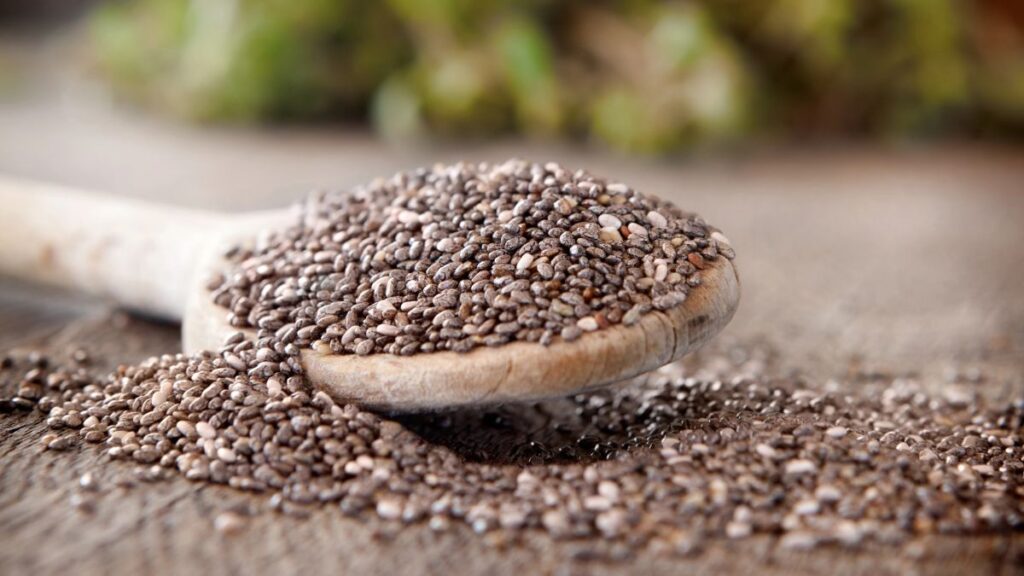
Chia seeds have become a popular superfood due to their high omega-3 fatty acids, fiber, and protein content. They are often added to smoothies, yogurt, and baked goods to boost their nutritional profile. While chia seeds are indeed nutritious, they are not the only, or necessarily the best, source of these nutrients.
For example, flaxseeds, walnuts, and fatty fish like salmon are also excellent sources of omega-3s and provide a range of other health benefits. Additionally, while beneficial, the high fiber content of chia seeds can cause digestive issues like bloating and gas for some individuals if consumed in large amounts. Incorporating a variety of seeds, nuts, and whole foods into your diet can help you obtain a balanced intake of essential nutrients without relying solely on chia seeds.
Kale
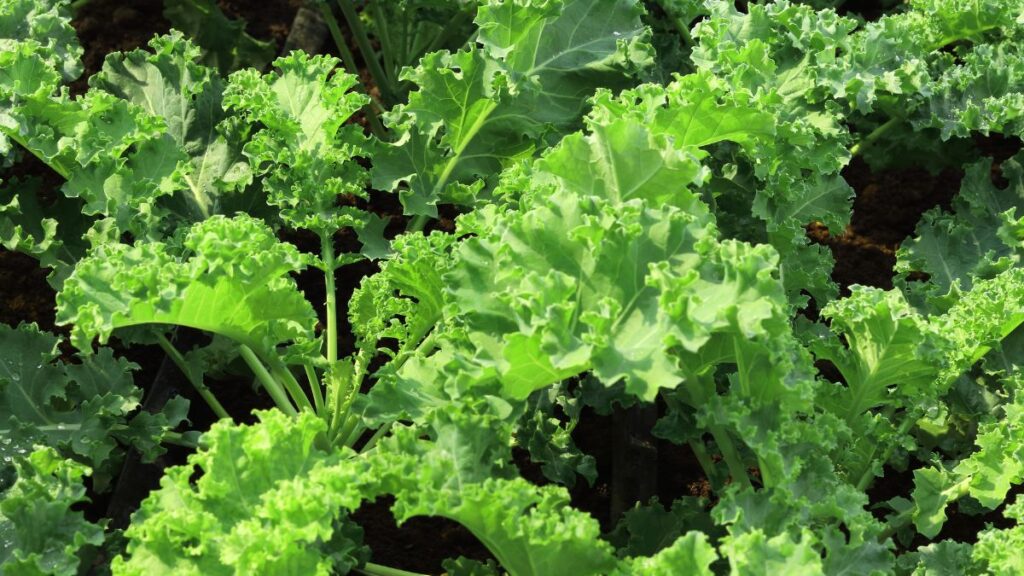
Kale has been celebrated as a superfood for its high vitamin content, particularly vitamins A, C, and K, as well as its fiber and antioxidant properties. However, kale’s popularity has led to it being overhyped, sometimes at the expense of other equally nutritious leafy greens. Kale contains goitrogens, compounds that can interfere with thyroid function when consumed in large quantities, particularly in raw form.
For those with thyroid issues, it might be better to consume kale in moderation and ensure it’s cooked, or to opt for other greens like spinach, Swiss chard, or arugula, which provide similar vitamins and minerals without the same potential drawbacks. A diverse intake of leafy greens is the best approach to ensure a well-rounded supply of nutrients.
Coconut Oil

Coconut oil has been marketed as a healthy fat with numerous benefits, from aiding in weight loss to improving heart health. However, coconut oil is extremely high in saturated fat, which has been shown to raise LDL (bad) cholesterol levels, potentially increasing the risk of heart disease.
Despite some claims that coconut oil is different from other saturated fats due to its medium-chain triglycerides (MCTs), the overall health benefits of coconut oil are still a topic of debate among experts. It’s generally recommended to use oils with lower saturated fat content, such as olive oil or avocado oil, which have been extensively studied and shown to support heart health. While coconut oil can be used occasionally, it’s not the best choice for everyday cooking.
Almond Milk
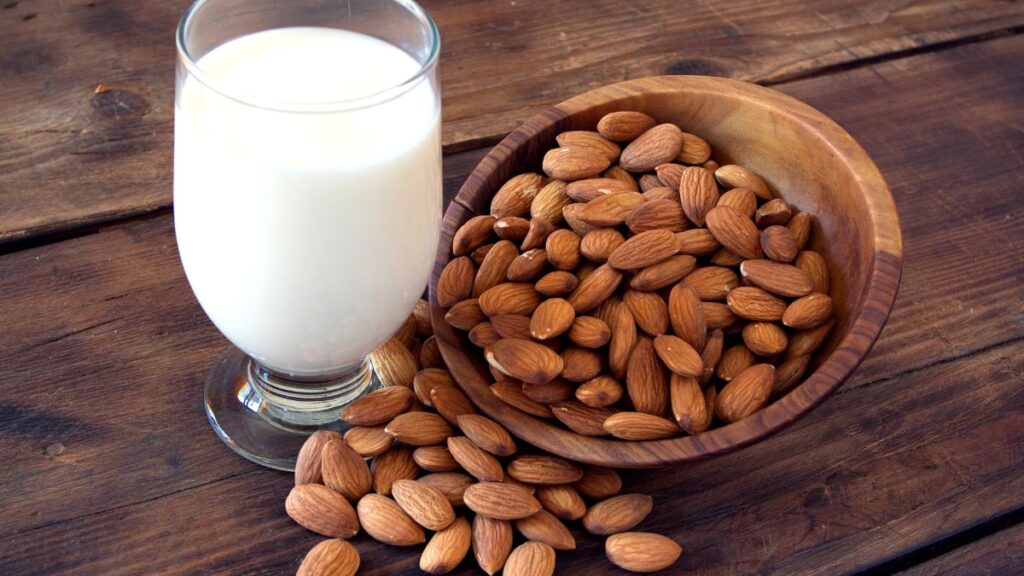
Almond milk is a popular dairy alternative, often chosen for its lower calorie content and suitability for those with lactose intolerance or dairy allergies. However, many store-bought almond milks contain added sugars, thickeners, and other additives, which can diminish their nutritional value. Almond milk is also often lower in protein compared to dairy milk and other plant-based milks like soy or pea protein milk.
For those seeking a more nutritious dairy alternative, unsweetened soy or oat milk varieties can provide more protein and fewer additives. While almond milk can still be a part of a balanced diet, it’s important to choose varieties with minimal additives and to be mindful of its nutritional limitations.
Matcha

Matcha, a type of powdered green tea, is praised for its high concentration of antioxidants, particularly catechins, which are believed to offer numerous health benefits. While matcha can indeed be a healthy addition to your diet, its benefits are sometimes overstated. For instance, while matcha does contain more antioxidants than regular green tea, the difference may not be significant enough to justify its higher cost for some people.
Matcha has a high caffeine content, which can cause jitters or sleep disturbances in sensitive individuals. Drinking regular green tea or other herbal teas can also provide antioxidant benefits without the high caffeine levels. Enjoy matcha in moderation, but don’t feel compelled to replace all other teas with it.
Quinoa
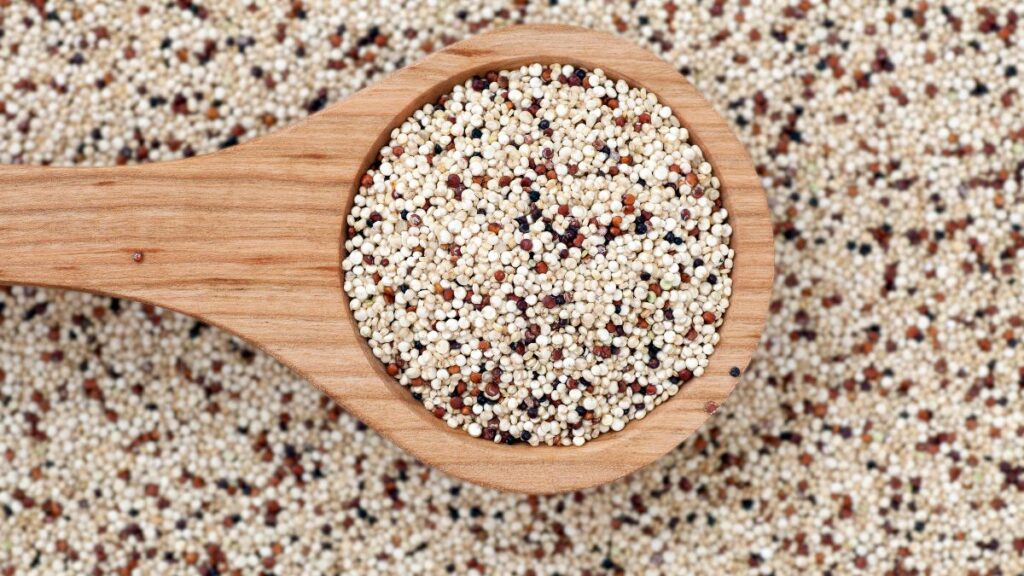
Quinoa is often highlighted as a superfood because it is one of the few plant-based foods that is a complete protein, meaning it contains all nine essential amino acids. However, while quinoa is indeed nutritious, it’s not the only grain or legume with significant health benefits. Foods like lentils, chickpeas, and brown rice also provide protein, fiber, and a range of vitamins and minerals, often at a lower cost.
Quinoa can be expensive and might not always be necessary if you have a well-rounded diet that includes a variety of grains and legumes. It’s beneficial to include quinoa as part of a diverse diet, but it’s not essential to consume it daily to reap its nutritional benefits.
Pomegranate Juice
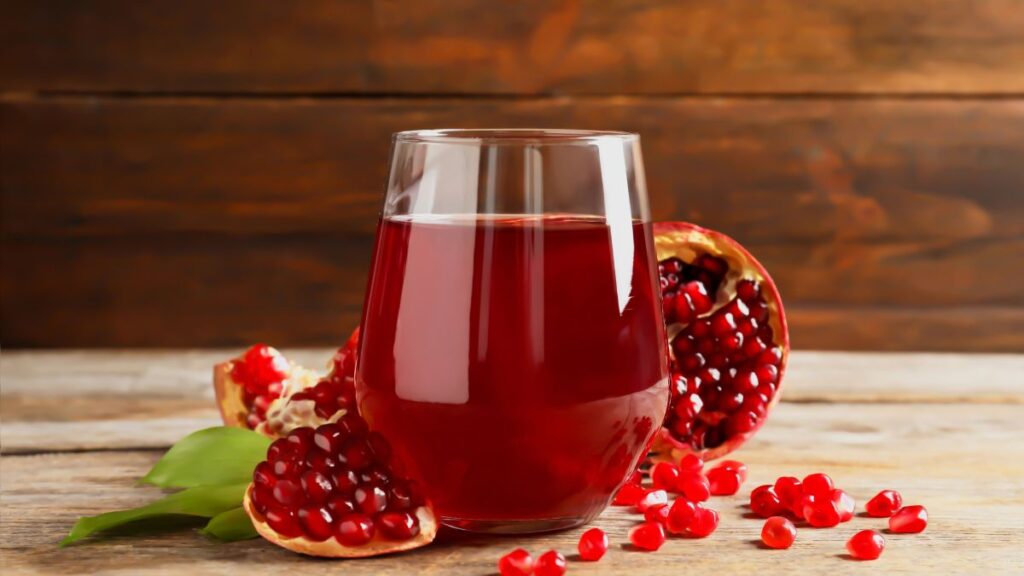
Pomegranate juice is often promoted for its high antioxidant content, particularly punicalagins, which are believed to have heart health benefits. However, like many fruit juices, pomegranate juice is also high in sugar and calories, contributing to weight gain and negatively impacting blood sugar levels if consumed in excess.
Eating the whole fruit provides fiber, which helps to slow the absorption of sugar and makes pomegranate a healthier option. If you enjoy pomegranate juice, it’s best to drink it in moderation and to be mindful of portion sizes. Opting for whole fruits and vegetables as your primary sources of antioxidants is a more balanced and healthful approach.
Wheatgrass

Wheatgrass is often touted for its supposed detoxifying properties and high nutrient content, including chlorophyll, vitamins, and minerals. However, the scientific evidence supporting the health claims around wheatgrass is limited, and its benefits are often exaggerated. While wheatgrass does contain some nutrients, these can typically be obtained through a balanced diet of fruits, vegetables, and whole grains.
The taste of wheatgrass can be quite strong and unappealing to some people, making it difficult to incorporate into a regular diet. Rather than relying on wheatgrass shots or supplements, focusing on a diverse diet rich in whole foods will better support detoxification and overall health.
Ginger Shots
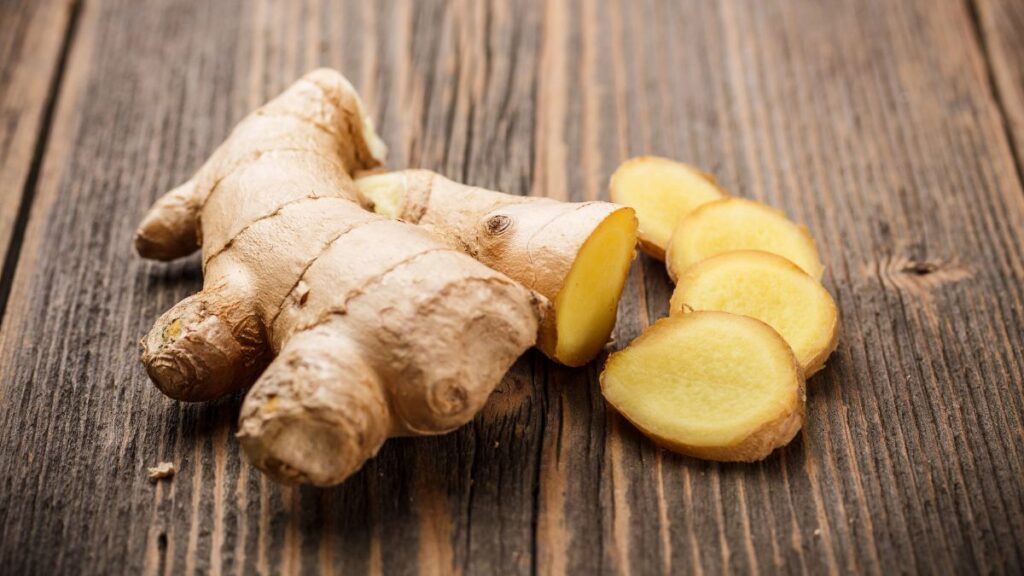
Ginger shots have become popular for their supposed ability to boost immunity, aid digestion, and reduce inflammation. While ginger does have some health benefits, including anti-inflammatory and antioxidant properties, consuming it in shot form may not offer significant additional benefits compared to incorporating ginger into your regular diet.
Ginger shots can also be quite potent, leading to digestive discomfort or irritation in some individuals. Instead of relying on ginger shots, consider adding fresh ginger to your meals, smoothies, or teas for a more balanced and enjoyable way to reap its benefits.
Hemp Seeds
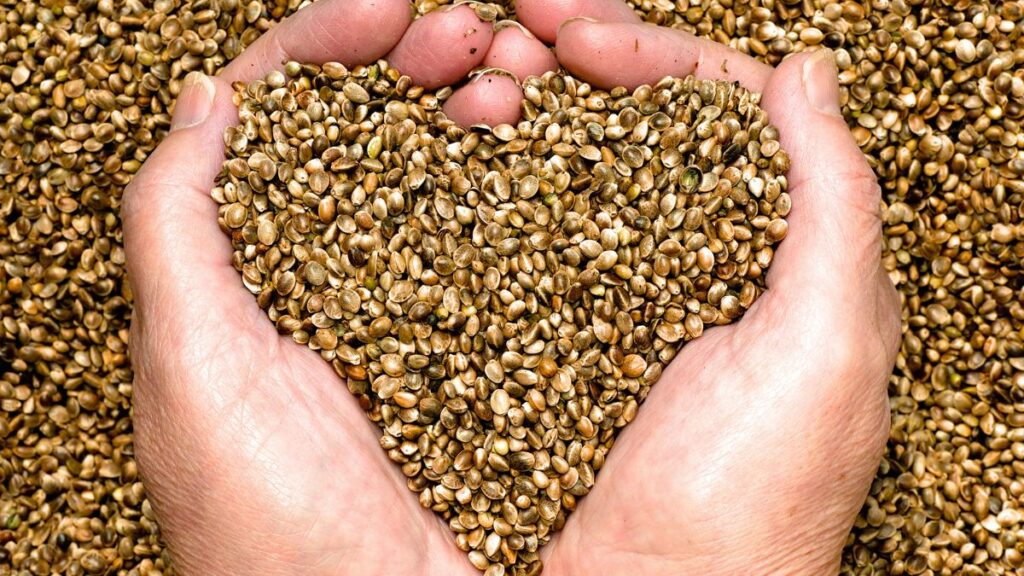
Hemp seeds are praised for their high content of omega-3 fatty acids, protein, and fiber, making them a popular addition to smoothies, salads, and baked goods. However, while hemp seeds are nutritious, they are not vastly superior to other seeds and nuts, such as chia seeds, flaxseeds, or almonds, which offer similar health benefits.
Hemp seeds can also be expensive, making them less accessible for some people. Incorporating a variety of seeds, nuts, and plant-based foods into your diet can provide a more balanced intake of essential nutrients without relying solely on hemp seeds.
Avocado
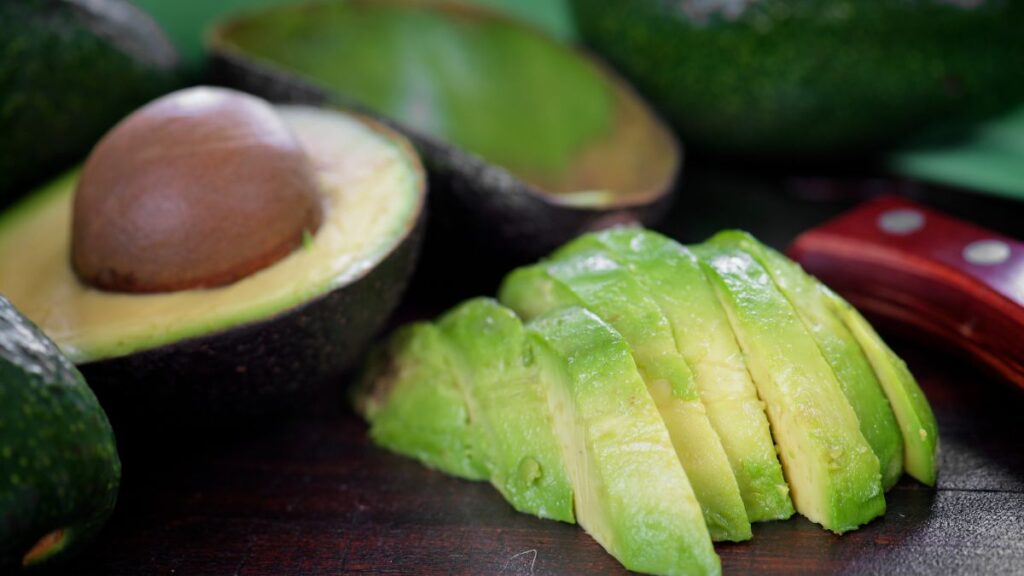
Avocado is often praised as a superfood due to its high content of healthy fats, fiber, and various vitamins and minerals. While avocado is indeed nutritious, it’s important to remember that it is also high in calories, which can contribute to weight gain if consumed in excess.
The environmental impact of avocado farming, particularly in terms of water usage and deforestation, has raised concerns about its sustainability. It’s beneficial to enjoy avocado as part of a balanced diet, but it’s also important to be mindful of portion sizes and to consider other sources of healthy fats, such as nuts, seeds, and olive oil.
Turmeric
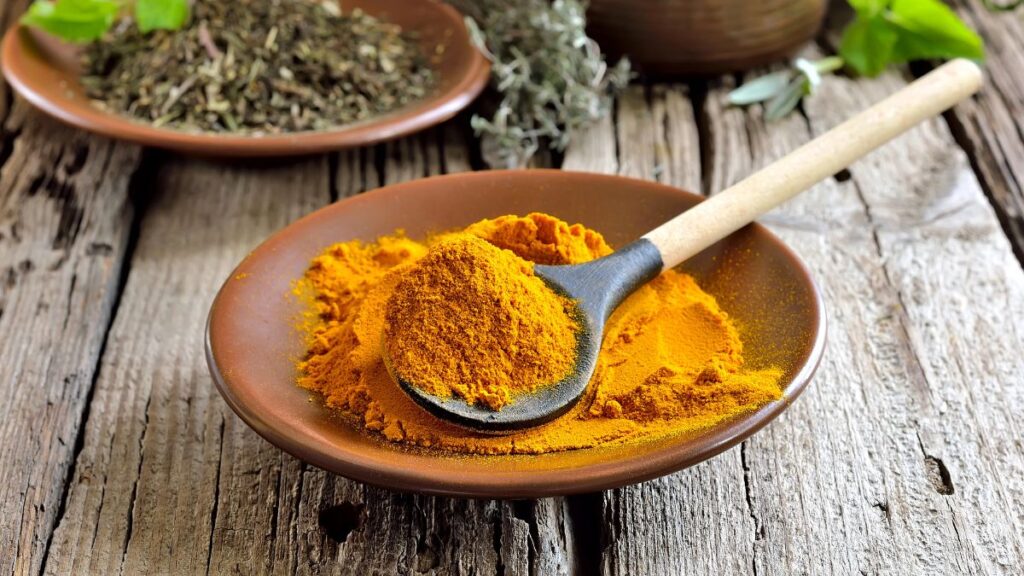
Turmeric has gained popularity as a superfood due to its active compound, curcumin, which is believed to have anti-inflammatory and antioxidant properties. However, the amount of curcumin in turmeric is relatively low, and the body does not easily absorb it without the addition of black pepper or fat.
While turmeric can be a healthy addition to your diet, particularly in traditional dishes like curry, the health benefits are often overstated, and it should not be relied upon as a cure-all. Incorporating a variety of spices and herbs into your cooking can provide a broader range of health benefits and add flavor to your meals.
15 Foods Only The Wealthy and Elite Can Eat Now

Culinary trends are constantly evolving, and some foods have become more than just sustenance—they’ve become status symbols reserved for the elite.
15 Foods Only The Wealthy and Elite Can Eat Now
15 Practical Ways to Save Money During Retirement

Entering retirement doesn’t have to mean giving up a comfortable lifestyle. With strategic planning and simple adjustments, it’s possible to make the most of your retirement income and enjoy a financially secure life.







